 |
 |
 |
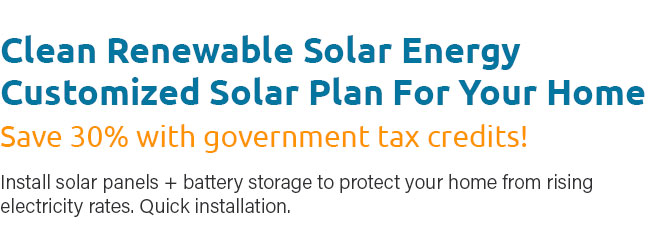 |
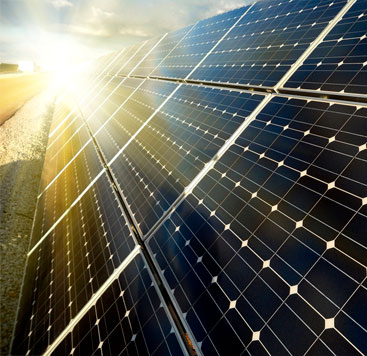 |
 |
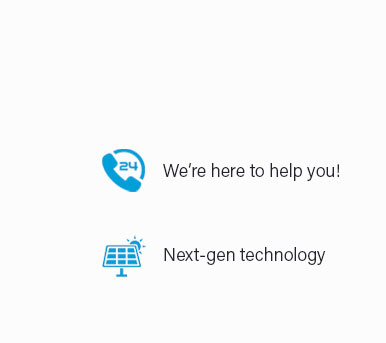 |
 |
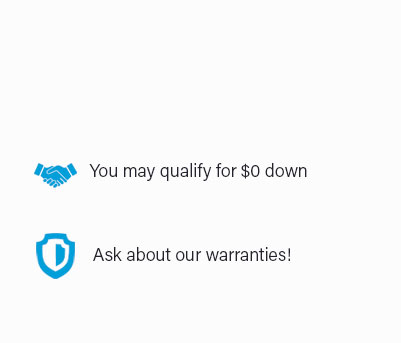 |
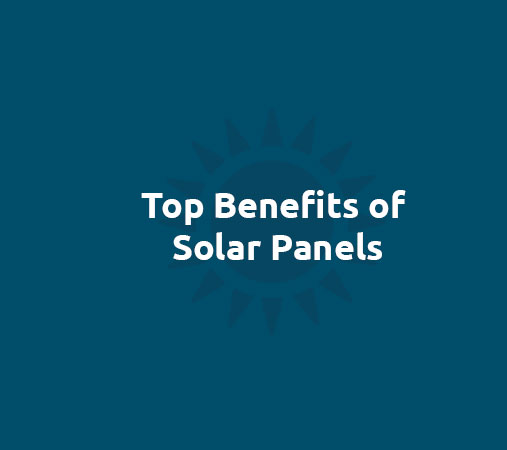 |
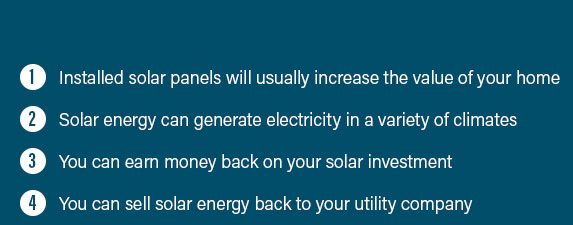 |
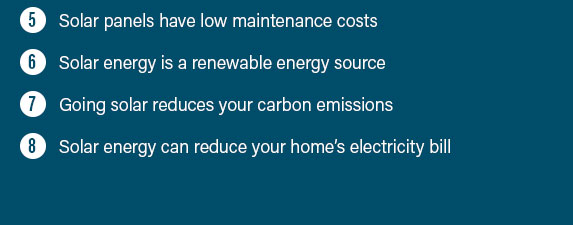 |
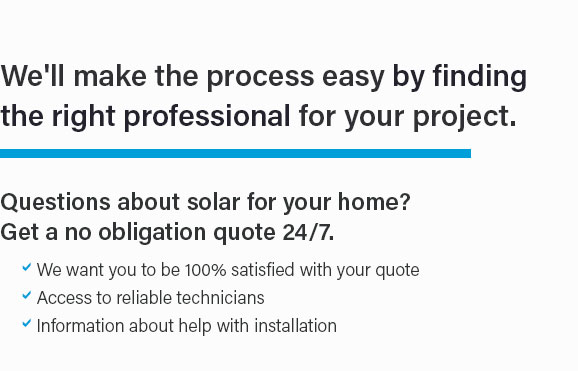 |
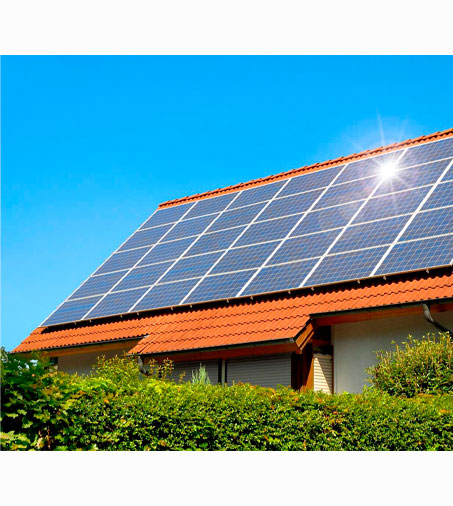 |
|
 |
 |
 |
|
Unlock the power of the sun and take control of your energy future with our free solar panels installation quote-discover the average cost of solar installation and find out how much you could save; with energy prices on the rise, investing in solar isn't just smart, it's transformative; imagine slashing your electricity bills while boosting your home's value and reducing your carbon footprint; don't just follow the trend-lead it; see the financial and environmental benefits for yourself with a personalized quote from our expert team today, because going solar isn't just a decision, it's a revolution.
https://www.energysage.com/local-data/solar-panel-cost/oh/
As of March 2025, the average solar panel system costs $2.59/W including installation in Ohio. For a 5 kW ... https://us.qcells.com/blog/how-much-do-solar-panels-cost-for-your-home/
Residential solar panel systems cost, on average, $20,650, though prices can range from $17,400 to $23,900, depending on various factors. To ... https://www.ecowatch.com/solar/panel-cost/oh/ohio
Find the cost of solar panels in Ohio, OH. EcoWatch estimates an average installation cost of $17585 to install solar panels in Ohio with an average system ...
|